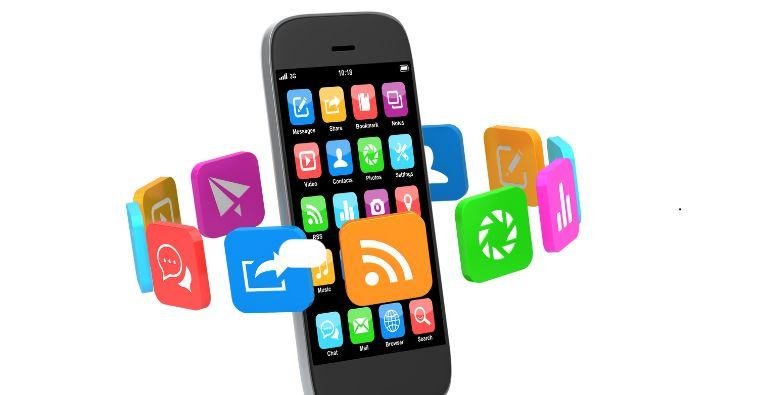Keep Your Operating System Updated
Regularly update your mobile operating system (OS) to the latest version. Software updates often include security patches that protect against known vulnerabilities. Enable automatic updates to ensure you always have the latest security features.
Use Strong Passwords and Biometric Security
Set a strong password for your device and use biometric options like fingerprint recognition or facial recognition for added security. Avoid using easily guessable passwords such as birthdays or common words.
Enable Two-Factor Authentication (2FA)
Wherever possible, enable two-factor authentication on your accounts. This adds an extra layer of security, requiring not just your password but also a second form of verification, such as a code sent to your phone.
Be Cautious with App Permissions
When downloading apps, pay attention to the permissions they request. Only grant permissions that are necessary for the app's functionality. Be wary of apps that ask for excessive permissions, such as access to your contacts or location, when it isn't relevant.
Download Apps from Trusted Sources
Only download apps from official app stores, such as Google Play Store or Apple App Store. Avoid third-party app stores, as they may host malicious apps. Always check app reviews and ratings before downloading.
Use a Mobile Security App
Consider installing a reputable mobile security app that provides features such as malware scanning, web protection, and anti-theft tools. These apps can help identify potential threats and protect your device.
Connect to Secure Wi-Fi Networks
Avoid connecting to public Wi-Fi networks, as they can be less secure and more susceptible to cyber attacks. If you must use public Wi-Fi, use a virtual private network (VPN) to encrypt your internet connection and protect your data.
Regularly Backup Your Data
Regularly back up your data to ensure you don’t lose important information in case your device is lost, stolen, or compromised. Use cloud services or external storage devices for backup.
Be Wary of Phishing Attempts
Be cautious of unsolicited messages or emails that ask for personal information or prompt you to click on links. Cybercriminals often use phishing techniques to steal sensitive data. Verify the sender’s identity before responding.
Log Out from Accounts When Not in Use
If you use apps that contain sensitive information, log out after each session. This helps prevent unauthorized access to your accounts if someone else gets hold of your device.




